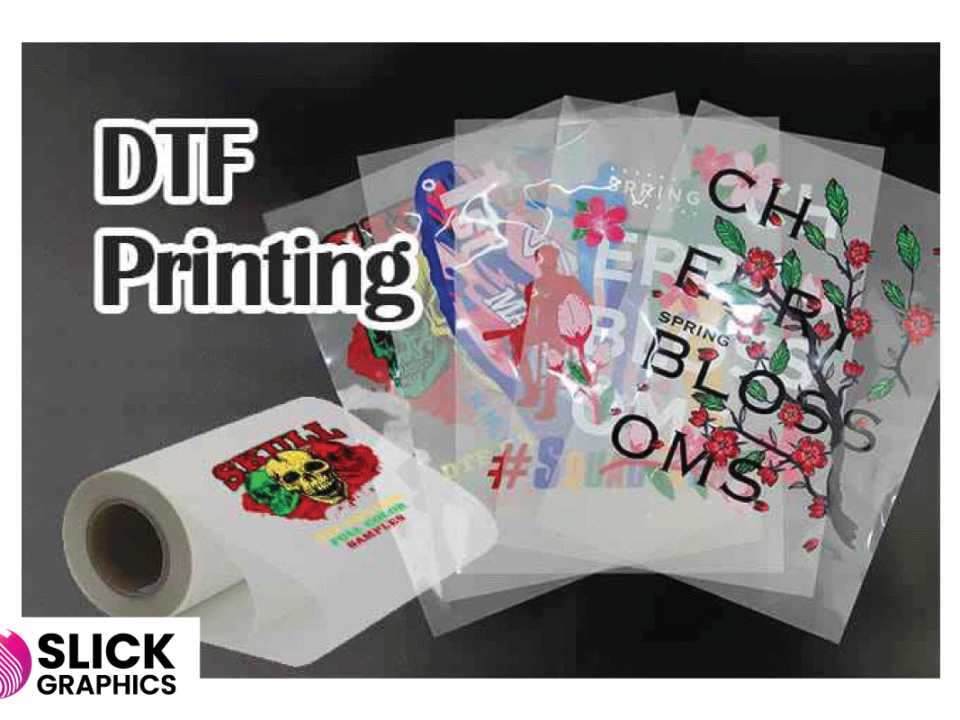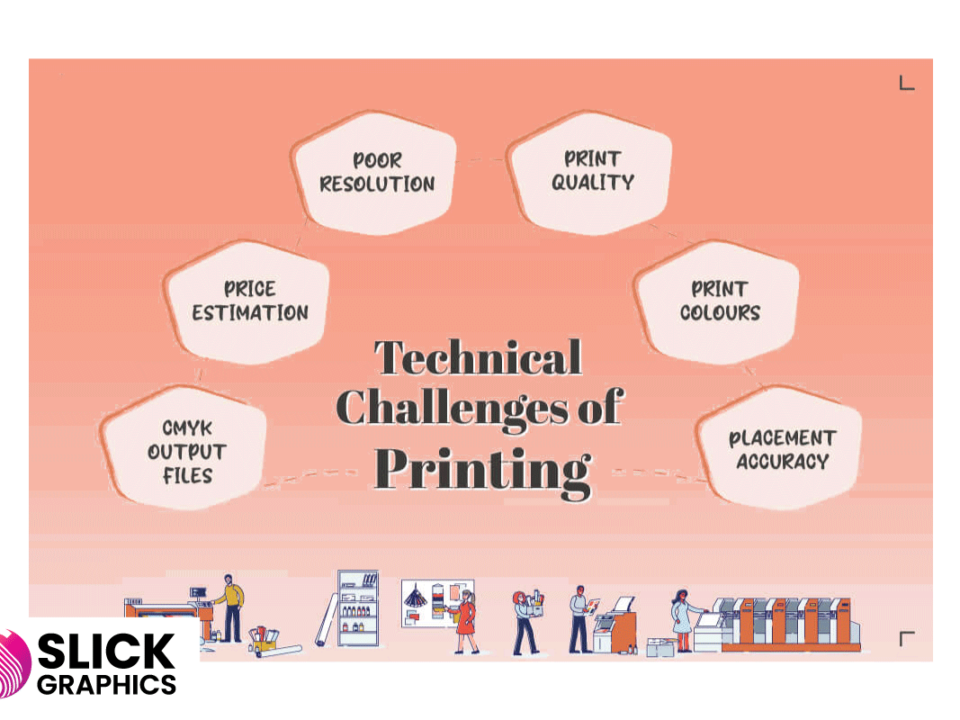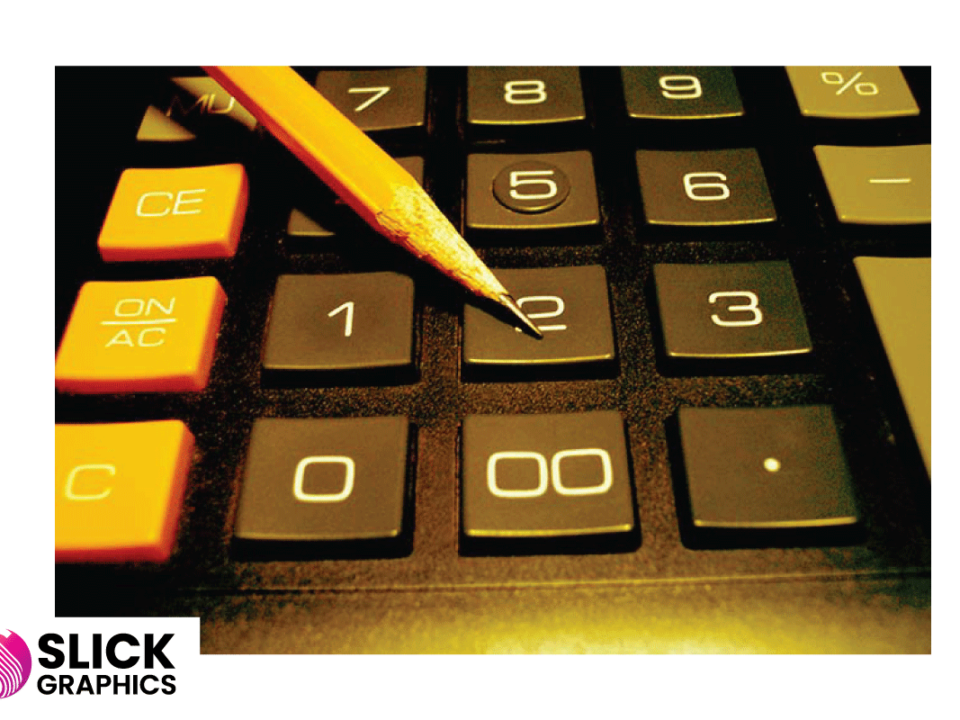Binding Brilliance: Secrets of Bookbinding Stitches
Binding Brilliance: Secrets of Bookbinding Stitches
Bookbinding is both an art and a craft, transforming loose pages into beautifully bound tomes that can be cherished for generations. Among the myriad techniques used in bookbinding, the stitches play a crucial role not only in functionality but also in aesthetics. Whether you’re a seasoned binder or a novice looking to create your first handmade book, understanding different bookbinding stitches can elevate your project to new heights.
The Importance of Bookbinding Stitches
Stitches are the backbone of a book’s structure. They hold the pages together and secure them to the cover, ensuring durability and usability. Beyond their practical function, the choice of stitch can also enhance the visual appeal of your book, allowing you to add a unique touch that reflects your personal style.
1. The Simple But Effective Coptic Stitch
One of the most popular stitches among bookbinders is the Coptic stitch. Originating from ancient Egypt, this technique allows the book to lie flat when opened, making it perfect for sketchbooks and journals. The process involves stitching through the signatures (groups of pages) in an intricate pattern, which creates a beautiful, exposed spine. This stitch is not only functional but also visually striking, showcasing the craftsmanship behind the binding.
2. The Classic French Link Stitch
For those who prefer a more traditional approach, the French link stitch is a great option. This stitch provides strong support for the spine while allowing for some flexibility. The French link is particularly well-suited for books with a larger number of pages, as it helps distribute weight evenly. The resulting spine has a clean, elegant look, making it a favorite for fine bookbinding projects.
3. The Versatile Long Stitch
The long stitch binding technique is known for its versatility and can be used on a variety of book sizes and types. In this method, the thread runs along the spine, creating a series of long stitches that are both functional and decorative. This stitch is excellent for adding color and texture to your binding, as you can use different threads or even combine them for a more vibrant look.
4. The Contemporary Japanese Stab Binding
Japanese stab binding is a visually stunning technique that adds a touch of elegance to any project. This method involves punching holes along the spine and stitching through them in a variety of decorative patterns. It’s particularly effective for art books, photo albums, and projects where the cover is meant to be showcased. The simplicity of the design allows the creativity of the stitch patterns to shine, making each piece unique.
5. The Functional Perfect Binding
While stitches provide a decorative element, perfect binding is a practical choice for thicker books. This method involves gluing the pages together at the spine, offering a clean and polished look. While it lacks the charm of stitched bindings, perfect binding is highly efficient for mass production, making it a common choice for self-published authors.
Choosing the Right Stitch for Your Project
When selecting a binding stitch, consider the following factors:
- Purpose: Think about how the book will be used. Is it a sketchbook, a journal, or a photo album? This will influence the choice of stitch.
- Page Count: The number of pages can determine the strength and flexibility needed in the binding. Thicker books might benefit from a more robust stitch.
- Aesthetic Preference: Consider the visual impact you want your book to have. Different stitches can create varying levels of texture and style.
- Skill Level: Some stitches require more advanced techniques and tools. Make sure to choose a method that matches your skill set and comfort level.
Conclusion
Understanding the various bookbinding stitches opens up a world of creative possibilities for your next project. Each stitch has its own unique charm and function, allowing you to tailor your binding to fit both practical needs and aesthetic desires. Whether you choose the elegant Coptic stitch or the contemporary Japanese stab binding, embracing the art of bookbinding can transform your pages into a cherished work of art. So gather your materials, experiment with different techniques, and let your creativity flow as you bind brilliance into your next book!



